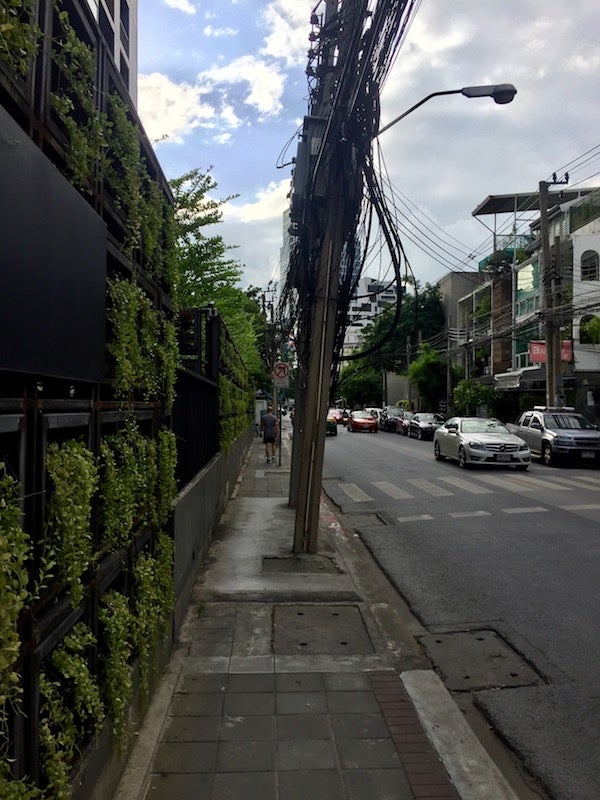This article was published in Scientific American’s former blog network and reflects the views of the author, not necessarily those of Scientific American
While several news outlets are abuzz with Elon Musk’s ‘Hyperloop’ pipe-dream (pun very intended), moving ever so slightly ahead, there was a little-noticed journal article in Atmospheric Science that at least BBC and a few others to their credit picked up on. It was boring, it was unexciting, and yet it might very well help cut pollution and save lives in cities. I give you this week’s low-tech solution: hedges. Yes, hedges.
Trees are known to suck up CO2 and other pollutants in cities and elsewhere, and planting them is a pretty good idea (though sadly, with climate change, they appear to be less effective). But they are not the only “greening tool” we have in our arsenal. As the journal article points out, hedges are better at soaking up street-level pollution before it rises and disperses. The reason for this is the interface between how our roads and cities are built (e.g. skyscraper ‘canyons’ vs. narrow streets) and relating to the height of hedges vs. trees.
A study published in Atmospheric Environment in 2015 came to similar conclusions, broadly finding that shorter was better for the sake of dispersion. One interesting consequence is that planting trees along the wrong type of street may actually trap pollution, meaning that planting trees might actually do more harm than good. As often, it is not about the tool but the manner in which it is implemented.
On supporting science journalism
If you're enjoying this article, consider supporting our award-winning journalism by subscribing. By purchasing a subscription you are helping to ensure the future of impactful stories about the discoveries and ideas shaping our world today.

A hedge against street-level pollution in Bangkok, Thailand. Credit: Tali Trigg
The implication is that even before pollution starts spreading, we could plant hedges along major arteries in cities, which would protect people walking along them, but could also prevent pollution from spreading in the first place. Not a bad move for consideration by city planners. Adding them would look nicer, and just like bike lanes, hedges can help calm street traffic and make almost anywhere near a road a more pleasant place to, for example, sit and grab a coffee. By providing a natural barrier between roads and people, hedges could even save lives.
Cities across Australia are seeing an increase in costs and deleterious effects from air pollution, and are looking towards ‘green infrastructure’ (including hedges) to mitigate the problem. In Amsterdam, a bamboo wall is being constructed to not only soak up local air pollutants, but also block noise.
It’s no Hyperloop, but it’s a real and cost-effective solution that is and could be further deployed today. Add these solutions up, and we could be making some real headway in the fight against climate change and towards more breathable and less noisy cities.